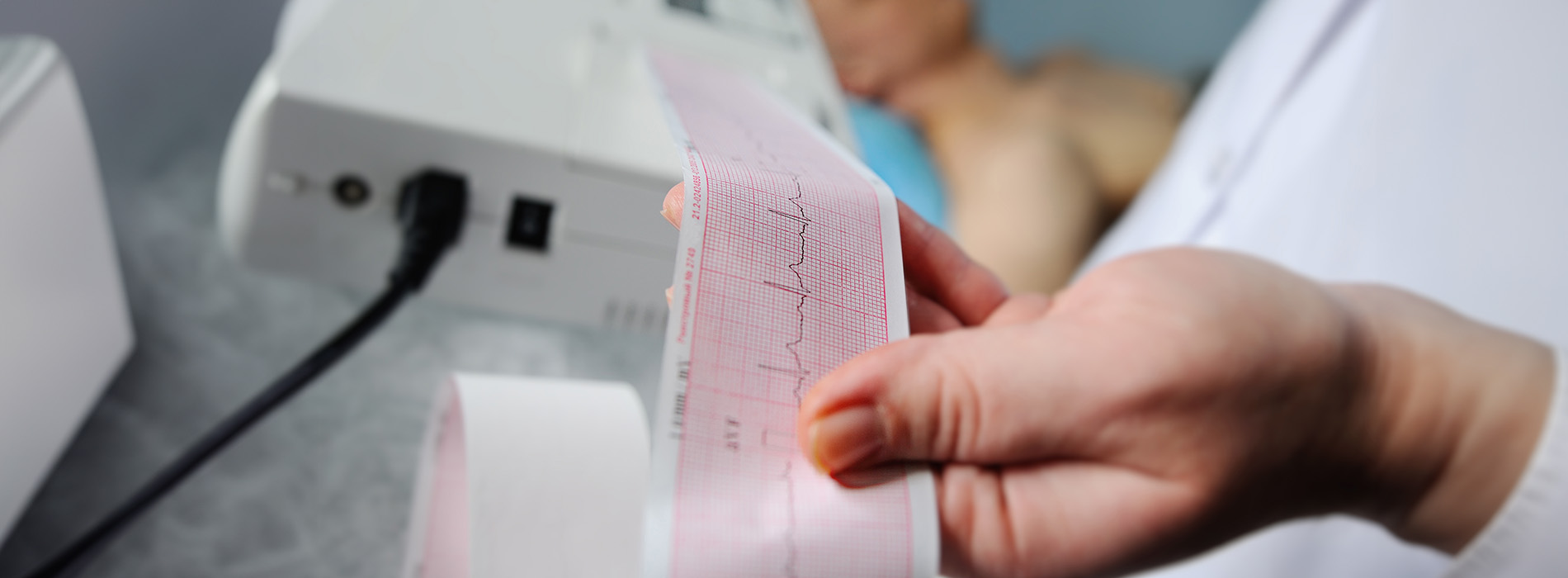Existing Patients
(212) 679-4488
New Patients
(212) 401-2665

Tilt Table Testing (TTT) is a diagnostic procedure used to evaluate how your body responds to changes in posture, specifically when moving from lying down to an upright position. It's commonly used to diagnose causes of unexplained fainting or dizziness, such as vasovagal syncope.
During the test, you are secured to a table that tilts to different angles while your heart rate and blood pressure are continuously monitored. The test helps identify issues with blood pressure regulation and heart function that might not be visible during a routine exam.
At Heartwise Cardiology, Dr. David Harnick and Dr. Raymonda Rastegar use TTT to pinpoint the cause of symptoms like fainting or dizziness and develop a personalized treatment plan based on your results. If you're experiencing these symptoms, contact us to learn more about TTT and schedule an appointment.
Tilt table testing is a diagnostic procedure used to evaluate the cause of unexplained fainting (syncope) or dizziness. During the test, you lie on a table that is slowly tilted to an upright position while your heart rate, blood pressure, and symptoms are continuously monitored. This controlled change in position can help determine if your body is responding appropriately to changes in posture and if abnormal heart rate or blood pressure responses are causing your symptoms.
During the procedure, you are securely strapped to a table that tilts from a horizontal to an upright position. Your vital signs are recorded throughout the test, and sometimes medications may be administered to provoke a response. The test is generally safe and well-tolerated; however, it may cause temporary lightheadedness, nausea, or fainting during the evaluation. Medical professionals are present throughout to ensure your safety and to manage any symptoms that arise.
Before the test, you may be asked to avoid certain medications or foods, as directed by your healthcare provider. During the test, you’ll be monitored closely for changes in heart rate and blood pressure as the table tilts, and the duration of the test can vary based on your response. After the test, most patients can resume normal activities, though you might be advised to rest briefly if you experience any lingering symptoms. Your doctor will review the test results with you to determine the next steps in your care.
